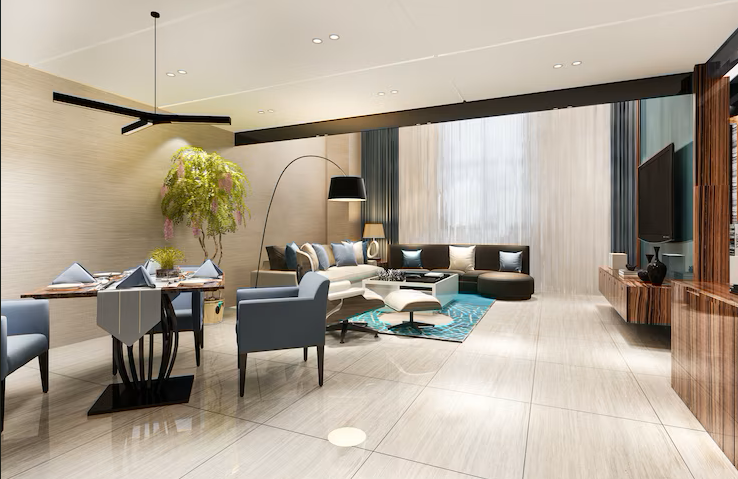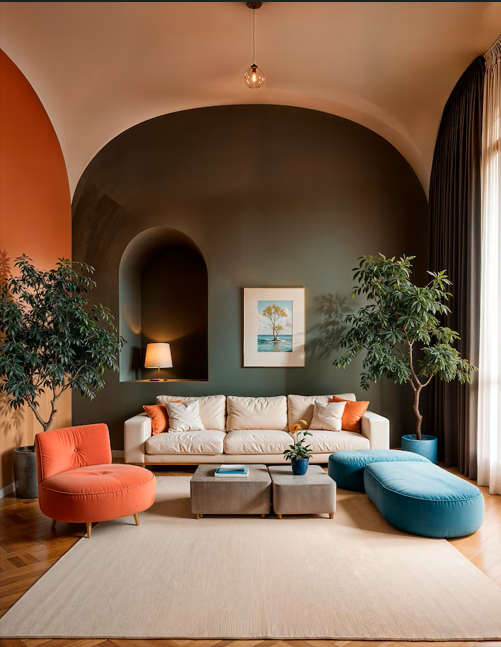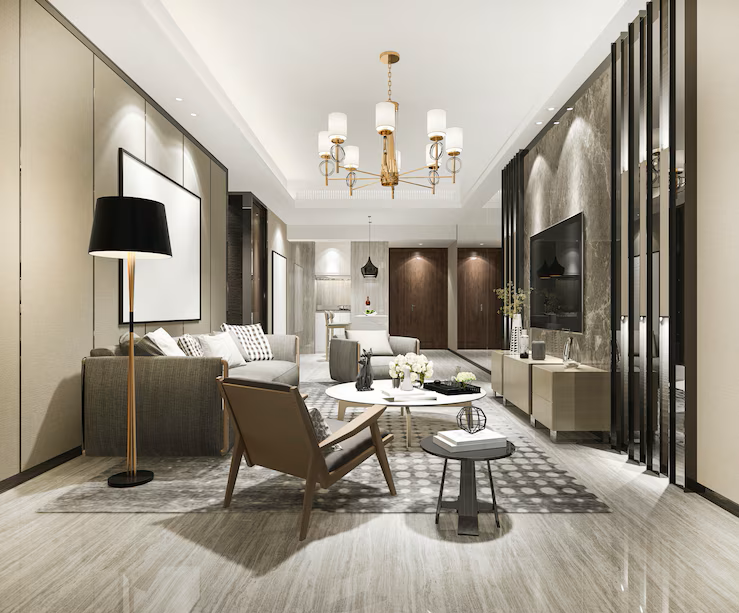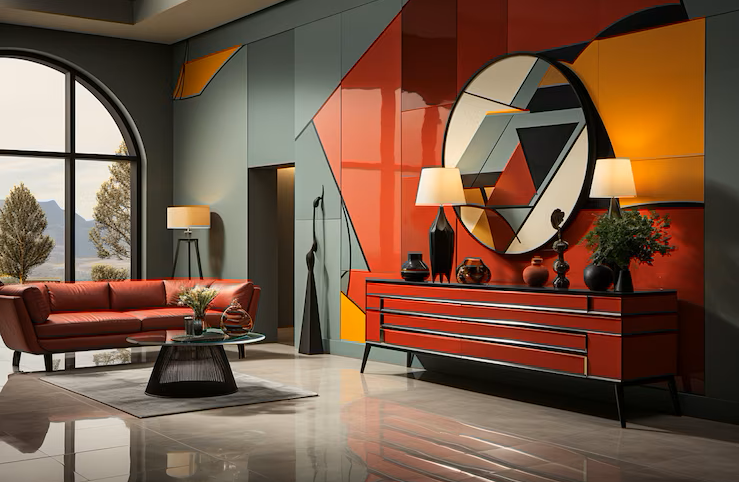Architecture vs. Interior Design: Understanding the Difference
Many people often confuse architecture with interior design, but they are distinct disciplines that we need to understand clearly. At STUDIO7, our team of architects and interior designers have delineated these differences, and here’s a comprehensive explanation:
Architecture
Architecture is the art and science of designing and constructing buildings and facilities to meet the material and emotional needs of humans. It involves the use of various construction materials and methods and encompasses a wide range of sciences, including history, mathematics, technology, psychology, philosophy, management, and law. These fields are crucial for architects to comprehend human behavior, life, history, and psychological influences, enabling them to create buildings that are suitable for human habitation and adaptation.
The term architecture broadly refers to buildings and physical structures. It also describes the process of designing and constructing these structures and extends to fields like computer and software architecture, especially in information technology.
Moreover, architecture is about composing volumes to support social functions and activities. It reflects technical and cultural achievements and the aesthetic and spiritual aspirations of a society within a specific environment and era.
Interior Design
In contrast, interior design is the art of decorating interior spaces to make them attractive, functional, and compatible with the architecture. The goal is to create a specific “sense” within the empty space. This involves choices related to wall paint, wallpaper, floors, ceilings, furniture, lighting, and decorative elements like paintings, sculptures, and carpets. Interior design often overlaps with internal architecture, and though terms like interior decoration and interior design are sometimes used interchangeably, they have distinct roles in shaping the space’s aesthetics and functionality.
An interior designer’s responsibilities include:
- Analyzing the client’s needs, safety, and objectives.
- Gaining knowledge pertinent to interior design.
- Developing an initial concept that balances aesthetic and functional aspects while meeting standard criteria.
- Delivering the final design through various presentation methods.
- Preparing work drawings, specifications for building materials, finishes, furniture, and fixtures that comply with scientific standards.
- Collaborating with professional services to obtain technical licenses in mechanical, electrical, and structural fields.
- Preparing contracts for the client.
- Reviewing and evaluating the design during implementation and after project completion.
Similarities Between Architects and Interior Designers
Despite their differences, architects and interior designers share several similarities:
- Both are qualified to solve design problems related to empty spaces.
- Both fields are considered as both an art and a science.
- They must be familiar with numerous technical and artistic terms.
- Both require a diverse set of skills.
- Both need to stay updated with the latest developments and techniques in their fields.
- They are inherently creative individuals.
- They continuously learn about new methods and innovations introduced in their disciplines.
Roles in a Project
Generally, an architect’s role involves designing a building both internally and externally, considering aspects like electricity, plumbing, exterior design, and interior decoration elements such as tiles, floors, and lighting.
On the other hand, an interior designer focuses on the interior design of the building, including all rooms. This includes selecting lighting, tiles, floors, internal materials, finishes, hardware, furniture, textiles, wall paint, and wallpaper.
STUDIO7 Expertise
At STUDIO7, we excel in these roles, delivering professional and outstanding results that ensure customer satisfaction and happiness.





